Effect of Intensity Level on Dose in Intensity-modulated Radiotherapy for Nasopharyngeal Carcinoma
DOI: 10.23977/tranc.2024.050105 | Downloads: 22 | Views: 1216
Author(s)
Juan Deng 1
Affiliation(s)
1 Department of Oncology, Deyang People's Hospital, Deyang, Sichuan, China
Corresponding Author
Juan DengABSTRACT
To make intensity-modulated radiotherapy (IMRT) planning for nasopharyngeal carcinoma based on XIO planning system through adjusting values of intensity level, and provide a basis for the selection of the value of intensity level. 30 patients with nasopharyngeal carcinoma were randomly enrolled. Eight IMRT plans were made for each case using ELEKTA XIO 4.64 TPS, with the application of 7evenly distributed fixed incidence directions (153, 102, 51, 0, 309, 258, 207), a minimum segment length of 2cm and a minimum sub-field monitor units (MUs) of 5 MU.All plans were optimized with intensity levels from 20 to 5 respectively, using SWO tool to optimize sub-field weight. The dose-volume histogram was used to evaluate the dose distribution in target volume (PTV) and organs at risk (OAR). With the level value decreasing from 20 to 5, the total number of segments of IMRT plans was decreased from(186±16) to(58±7)(F=352.4, P<0.001). All plans ranged from 20 to 7 were no significant dosimetry differences on parameters of PTV and OAR (P>0.05) through comparing between any two plans, but the number of segments was reduced to (87±6). Using ELEKTA XIO treatment planning system to make IMRT plan for nasopharyngeal Carcinoma, the plan can still reach requirement for clinical dose with intensity level 7, and there is a significant reduction in the total number of segments.
KEYWORDS
Nasopharyngeal Carcinoma; intensity-modulated radiotherapy; intensity level; the total number of segments; monitor unitsCITE THIS PAPER
Juan Deng, Effect of Intensity Level on Dose in Intensity-modulated Radiotherapy for Nasopharyngeal Carcinoma. Transactions on Cancer (2024) Vol. 5: 34-38. DOI: http://dx.doi.org/10.23977/tranc.2024.050105.
REFERENCES
[1] Marks J E, Bedwinek J M, Lee F, et al. Dose-response analysis for nasopharyngeal carcinoma: an historical perspective.[J]. Cancer, 1982, 50(6):1042-1050.
[2] Vikram B, Mishra U B, Strong E W, et al. Patterns of failure in carcinoma of the nasopharynx:I.Failure at the primary site[J].International Journal of Radiation: Oncology Biology Physics, 1985, 11(8):1455-1459.
[3] Yin Hong, He Zhigang, Xiang Fang, et al.Clinical Observation of 118 Cases of Nasopharyngeal Carcinoma for Intensity Modulated Radiotherapy[J].The Practical Journal of Cancer, 2016, 31(2):215-217.
[4] Liu Zhibin, Wang Zhanyu, Long Yusong.Comparing two optimization techniques in the intensity-modulated radiation therapy plan for cervical cancer[J].Chinese Journal of Medical Physics, 2015, 32(4):534-536.
[5] Wu Yuliang, He Songmei, Zhang Chun, et al.The effect of iterative times on the segment weight optimization in IMRT plan of postoperative cervical cancer[J]. Practical Oncology Journal, 2016, 30(6):507-510.
[6] Chinese working Committee on Clinical staging of Nasopharyngeal carcinoma.2010 expert consensus on target and dose design guidelines for intensity modulated radiotherapy for nasopharyngeal carcinoma[J].ChinJ Radiat Onco, 2011, 20(4): 267-269.
[7] Zhao Man, Hu Yiming.A new set of conformity indices for evaluating intensity-modulated radiotherapy or three-dimensional conformal radiotherapy plans[J].ChinJ Radiat Onco, 2017, 26(10):1177-1181.
[8] Shao Yan, Wang Hao, Chen Hua, et al.Clinical applications of conformity index and homogeneity index[J].Chin J Radiol Med Prot, 2017, 37(9):717-721.
[9] Lee AW, Ng WT, Chan YH, et al. The battle against nasopharyngeal cancer [J]. Radiother Oncol, 2010, 104(3): 272-278.
[10] Chi Zifeng, Liu Dan, Cao Yankun, et al.Pertinence analysis of intensity-modulated radiation therapy dosimetry error and parameters of beams[J].Chin J Radiol Med Prot, 2012, 32(3):294-296.
[11] Zhu Junqiang, Ban Weijia, Meng Fubin, et al. Dosimetric comparison of dynamic IMRT and static IMRT for middle-terminal cervical cancer [J].Chinese Journal of Cancer Prevention and Treatment, 2020, 27(07):559-565.
[12] Dai Liyan, Wang Zhanyu, Tan Junwen, et al.Preliminary study of effect of multiple factors of intensity-modulated radiation therapy on dose verification [J].ChinJ Radiat Onco, 2018, 27(10):933-936.
[13] Cao Yankun, Chi Zifeng, Jiao Guangqing, et al. Study of Reducing the Number of Segments and MUs of Esophageal Carcinoma IMRT Plans [J]. Chinese Journal of Medical Physics, 2011, 28(2):2460-2463, 2470.
| Downloads: | 1213 |
|---|---|
| Visits: | 93730 |
Sponsors, Associates, and Links
-
MEDS Clinical Medicine

-
Journal of Neurobiology and Genetics
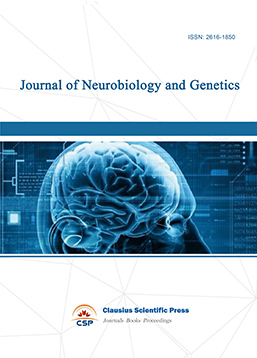
-
Medical Imaging and Nuclear Medicine
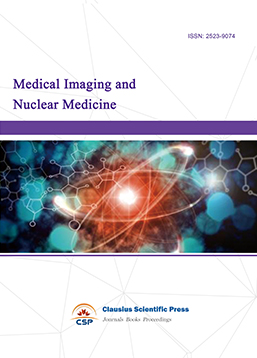
-
Bacterial Genetics and Ecology

-
Journal of Biophysics and Ecology
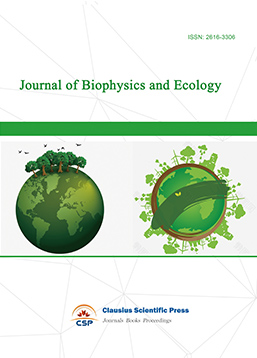
-
Journal of Animal Science and Veterinary

-
Academic Journal of Biochemistry and Molecular Biology

-
Transactions on Cell and Developmental Biology
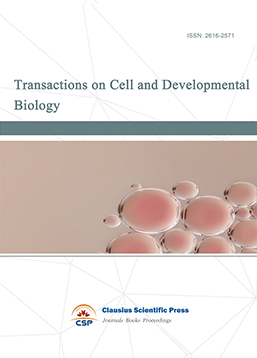
-
Rehabilitation Engineering & Assistive Technology
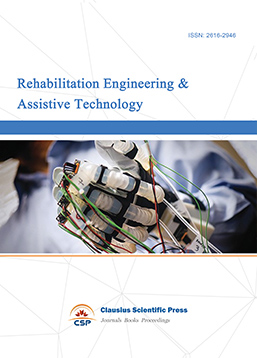
-
Orthopaedics and Sports Medicine
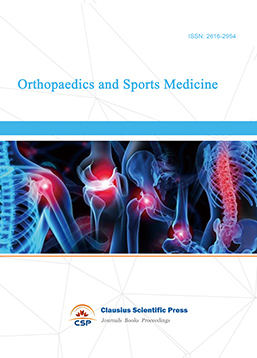
-
Hematology and Stem Cell
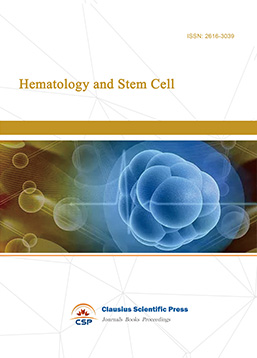
-
Journal of Intelligent Informatics and Biomedical Engineering
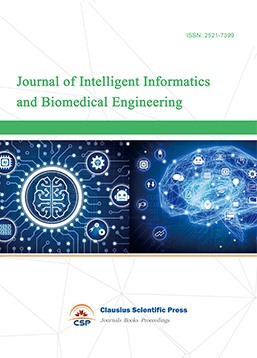
-
MEDS Basic Medicine
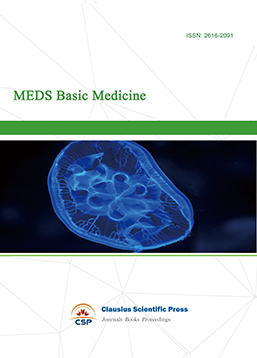
-
MEDS Stomatology
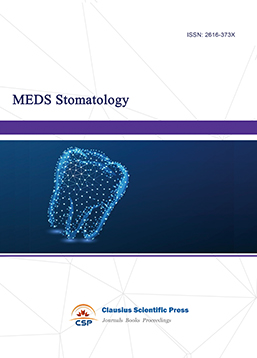
-
MEDS Public Health and Preventive Medicine
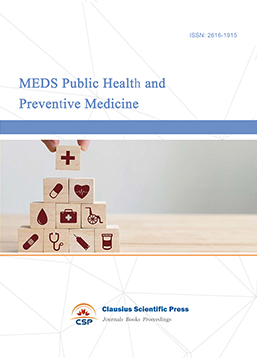
-
MEDS Chinese Medicine
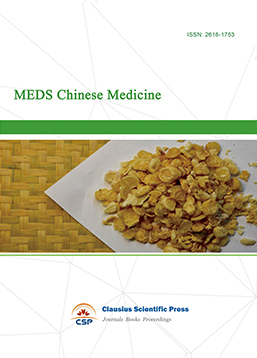
-
Journal of Enzyme Engineering
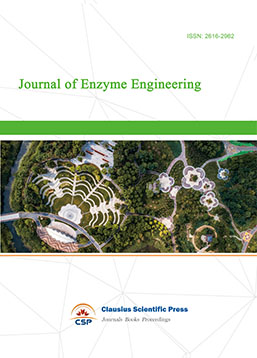
-
Advances in Industrial Pharmacy and Pharmaceutical Sciences
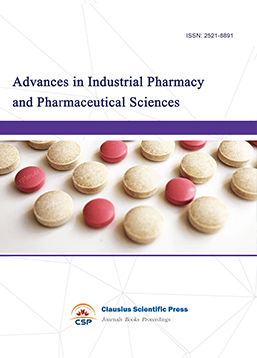
-
Bacteriology and Microbiology

-
Advances in Physiology and Pathophysiology
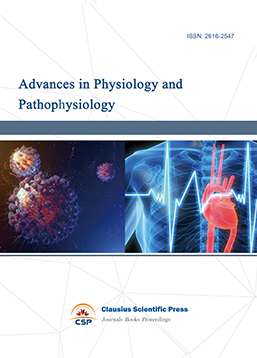
-
Journal of Vision and Ophthalmology

-
Frontiers of Obstetrics and Gynecology
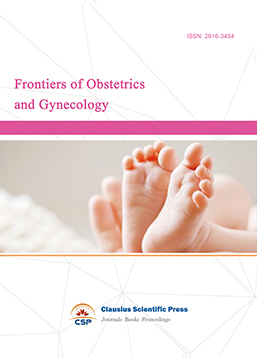
-
Digestive Disease and Diabetes
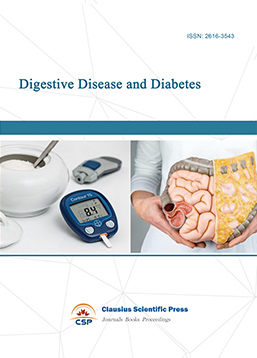
-
Advances in Immunology and Vaccines
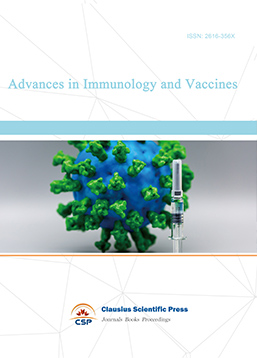
-
Nanomedicine and Drug Delivery
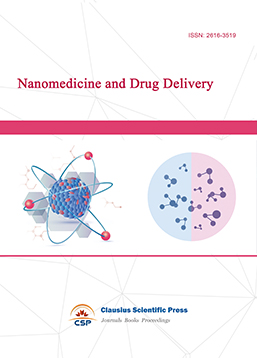
-
Cardiology and Vascular System
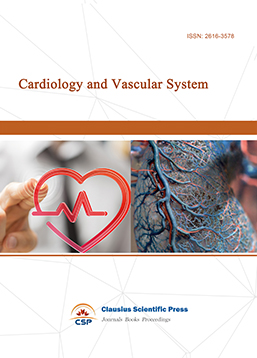
-
Pediatrics and Child Health
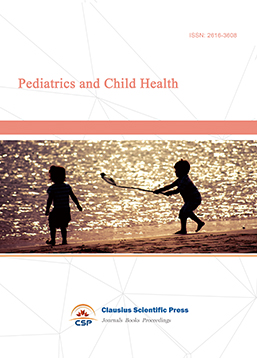
-
Journal of Reproductive Medicine and Contraception
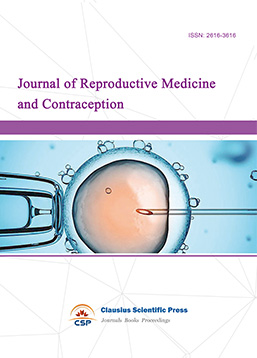
-
Journal of Respiratory and Lung Disease
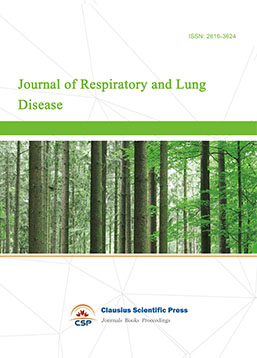
-
Journal of Bioinformatics and Biomedicine
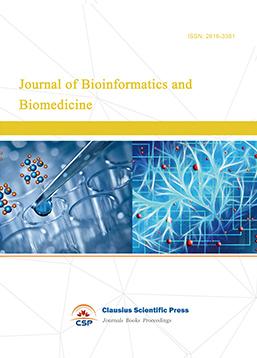

 Download as PDF
Download as PDF